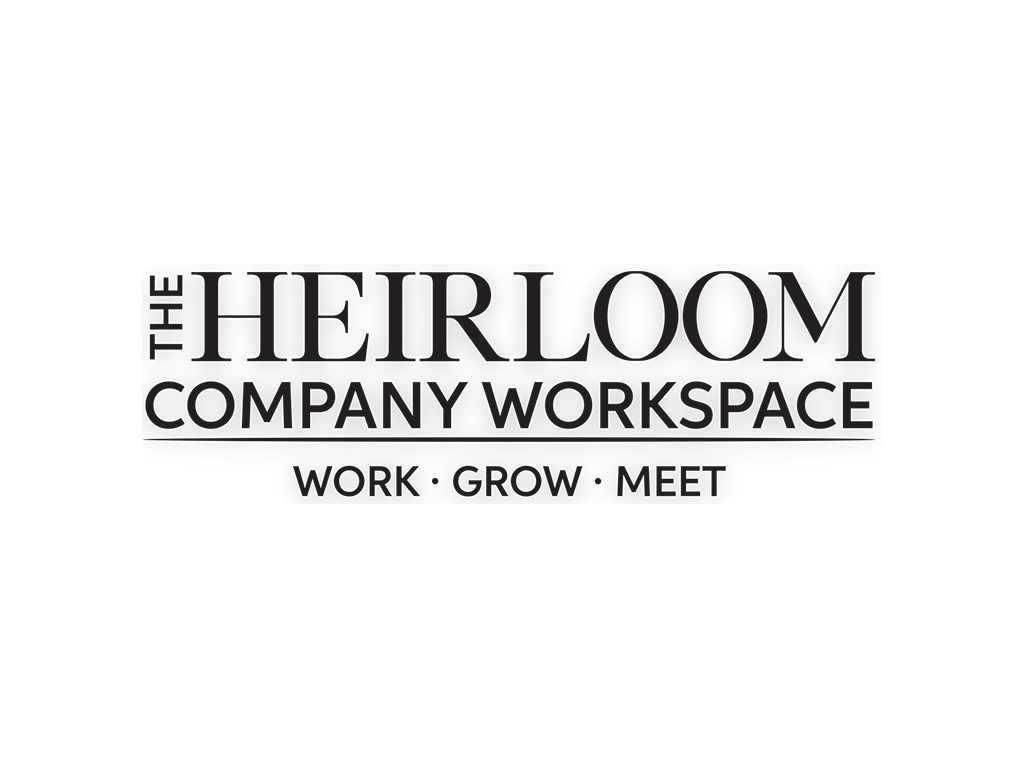By Amy Moyer
How much thought are we putting into our work environment? The wall color, music we play, the comfort of our chair, and even the lighting can make a difference. The importance of building a productive work space and atmosphere is often overlooked. While reading an article on office design tricks to help increase productivity, I realized that our environment is not just what we see, but what we feel, smell, hear, and even at times taste. All of our five senses are affected by our surroundings. Our moods, emotions, and energy are influenced by our environment, whether it be natural or man made.
Taking a walk in the park, we may feel the sun on our skin, smell the fresh cut grass, hear the birds in the trees, and see the beautiful green trees. It may help us to feel a sense of calm and peace.
Schools have bright colors to inspire kids to learn and play. Spas have muted colors, soft scents and peaceful music to encourage relaxation. Atmospheres are created around us to trigger feelings and actions. So why not in our workspace?
We spend a large portion of our time working. So we need to create an atmosphere to encourage productivity, creativity, inspiration, etc. With our senses in mind, we can create an environment that does just that. Below are suggestions for ways to cater to all our senses in creating the work environment we desire.
SIGHT
Lighting
Proper lighting is often overlooked when planning a workspace. Poor lighting can create fatigue, headaches from eye strain, and even depression. We want to make sure we have a well lit area. There is a variety of natural daylight bulbs that are ideal for the office. Even better is natural light through windows. If we rely on natural light most of the time, make sure to have a lamp or other lighting on cloudy or overcast days.
Clutter
Keeping our space clear of clutter and stacks of paper can help us stay focused and organized. Spend the first and last few minutes of the day either cleaning up, organizing, setting up the necessary items for the day, or getting rid of unnecessary piles. A clean space can help us feel more relaxed, less anxious and distracted, and prepared to take on the day. Clutter can have negative ramifications on ourselves and productivity. Here are a few negative effects clutter has and reasons to keep our space clean and clear. Clutter:
- Bombards our minds with excessive stimuli (visual, olfactory, tactile), causing our senses to work overtime on stimuli that aren’t necessary or important.
- Distracts us by drawing our attention away from what our focus should be on.
- Makes it more difficult to relax, both physically and mentally.
- Makes us anxious because we’re never sure what it’s going to take to get through to the bottom of the pile.
- Inhibits creativity and productivity by invading the open spaces that allow most people to think, brainstorm, and problem solve.
- Frustrates us by preventing us from locating what we need quickly (e.g. files and paperwork lost in the “pile” or keys swallowed up by the clutter).
Room Color
Color can evoke a variety of emotions and feelings. It would be hard to stay focused with a crimson wall which can cause irritability, whereas blue has calming effects. We normally can’t change the color of a wall in our workspace but we are able to bring in decor or accent items to personalize the space. Pick items that are colored to positively affect your space. According to Freshome.com here are some of the moods brought on by color.
- Red – Pumps adrenaline and raises the room’s energy, great for stimulating conversations it has also been shown to raise blood pressure.
- Yellow – Captures the joy of sunshine and happiness. Good as an accent color but not main color scheme.
- Blue – If using as a primary color, light shades, are calming but can come off chilly. Dark shades can evoke feelings of sadness.
- Green – Most restful color for the eye, combines the refreshing quality of blue and cheerfulness of yellow. Green is known to relieve stress.
- Purple – Dark shades, associated with luxury and creativity. Light shades, have the same calming abilities as light blue without the chilliness.
- Orange – Brings of feelings of excitement and enthusiasm. Best used in active rooms.
TOUCH
Desk and Chair
Besides wanting a comfortable chair, for comfort purposes, sitting correctly and adjusting our chair and workstation properly will add to our productivity. Our workstation should be set up to be ergonomically correct. We don’t want to be fidgeting, getting cramped backs or improperly aligning our bodies. Sitting for too long or improperly can have a taxing toll on our bodies. It can cause bad posture, hunched backs and muscle deterioration. Here are some basic tips to properly adjust the workspace.
- The top of the monitor should be below or at eye-level. Eyes 24-36 inches from the computer screen.
- Feet should be on a foot rest or resting on the floor.
- A slightly reclined chair posture is best to reduce pressure on your spine and minimize lower back pain.
If the chair that is provided does not allow us to make these suggestions, try adding a pillow or cushion to the back or seat. Another option is to add a standing desk. Many standing desks allow us to transition from sitting to standing throughout the day with ease. They can be added to a standard desktop, lifting and lowering as needed. Being able to stand while we work increases blood circulation, alertness, and concentration.
Room Temperature
While most offices are kept at a cool 65-68 degrees, we are actually more productive in warmer temperatures. Now, I am not talking about 95 degrees and having sweat running down our backs…but warm, enough to not get goose bumps or have a chill. Wearing a light sweater or placing a blanket in our lap can keep the chill away. When we are at a comfortable temperature we can stay focused and productive.
HEARING
Music
Like color and smells, music can change our mood and also add to the productivity to the workplace or office. According to research done at Cornell University, the first thing we need to do is match the music to the task. Heavy metal might not be the best choice when trying to brainstorm with a team. Our minds and bodies will pick up on the rhythm and beat of the music causing our actions to follow along.
Happy, upbeat, and rhythmic music encourages cooperative behavior between co-workers. It can also help move the day along while doing mundane tasks like checking emails or data entry.
When it comes to the type of work where we need heavy focus like writing, instrumental music with few words would be best, to not distract our train of thought.
Noise Level
The proper amount of noise level can change from person to person. Some thrive in rooms with chatter and activity, while others need minimal distractions to stay focused. Depending on our surroundings we may need to add a little background noise to break the silence or mute outside noise. Hearing soft music playing can be enough to cancel out outside distractions. When allowed, we can wear earbuds to play our favorite music or podcasts while working.
SMELL
Room Scents
Scents and smells can conjure up memories as well as evoke moods and emotions just as well as color and music. Most workplaces do not allow candles or strong smelling items because it can affect others that work around them. One way to add scents into the workplace is to keep essential oils that we can add to a cloth or dab on the skin when we need an extra boost. Here are a few suggestions to which smell will best boost our mood and productivity for an article “6 Scents That Can Transform Your Mood and Productivity”.
- Lemon – Concentration, calming, and clarifying. Relieve anxiety, anger and the feeling of being run-down
- Lavender – Calming. Relieve tension, depression, and control emotional stress.
- Jasmine – Antidepressant, revitalize energy, confidence, optimism.
- Rosemary – Memory retention. Fight physical and mental fatigue.
- Cinnamon – Concentration and focus. Fight mental fatigue.
- Peppermint – Energy booster, concentration, clear thinking.
TASTE
Refreshments/Nourishment
Being prepared with nutritious snacks and/or lunch available at work can keep us on track and focused. Working on an empty stomach can cause our energy levels to drop and our brain to shut down. If we reach this state of hunger, we will often go and grab the easiest and quickest thing to eat, a vending machine or fast food. Choosing the wrong foods can be counterproductive and cause more harm than good. The quick fix food may energize us in the moment but they don’t sustain us for a long period of time.
Schedule little breaks in the day to take a mental rest as well as nourish the body. Look for foods that are less processed and have low amounts of added sugars.
- Protein – Chicken, raw nuts, hard boiled eggs, greek yoghurt
- Complex carbohydrates – Rice, beans, whole oats
- Vegetables – Greens, zucchini, carrots, bell peppers
- Fruit – green apples, berries, melon
Now that you’re equipped with all the information on how the design of a space can affect you, take it a step at a time and apply this knowledge to your workspace. How will you make your day more productive with the design of your space?


 This is your new headquarters for everything business, creativity, and parenting. Our space reaches further than just between our front door and back door. We strive to provide helpful content on productivity, working as a parent, networking, marketing and everything else that building a business (and a family) involves. Enjoy!
This is your new headquarters for everything business, creativity, and parenting. Our space reaches further than just between our front door and back door. We strive to provide helpful content on productivity, working as a parent, networking, marketing and everything else that building a business (and a family) involves. Enjoy!